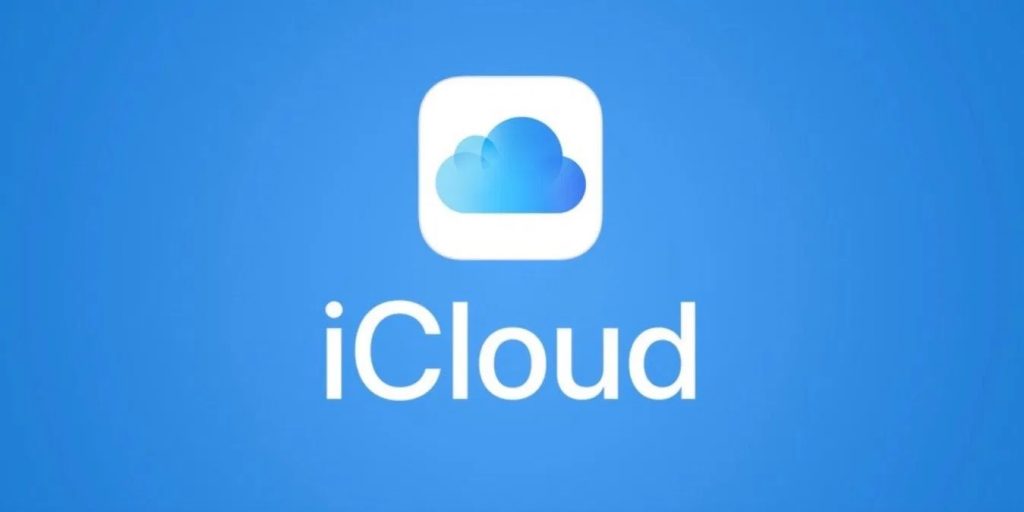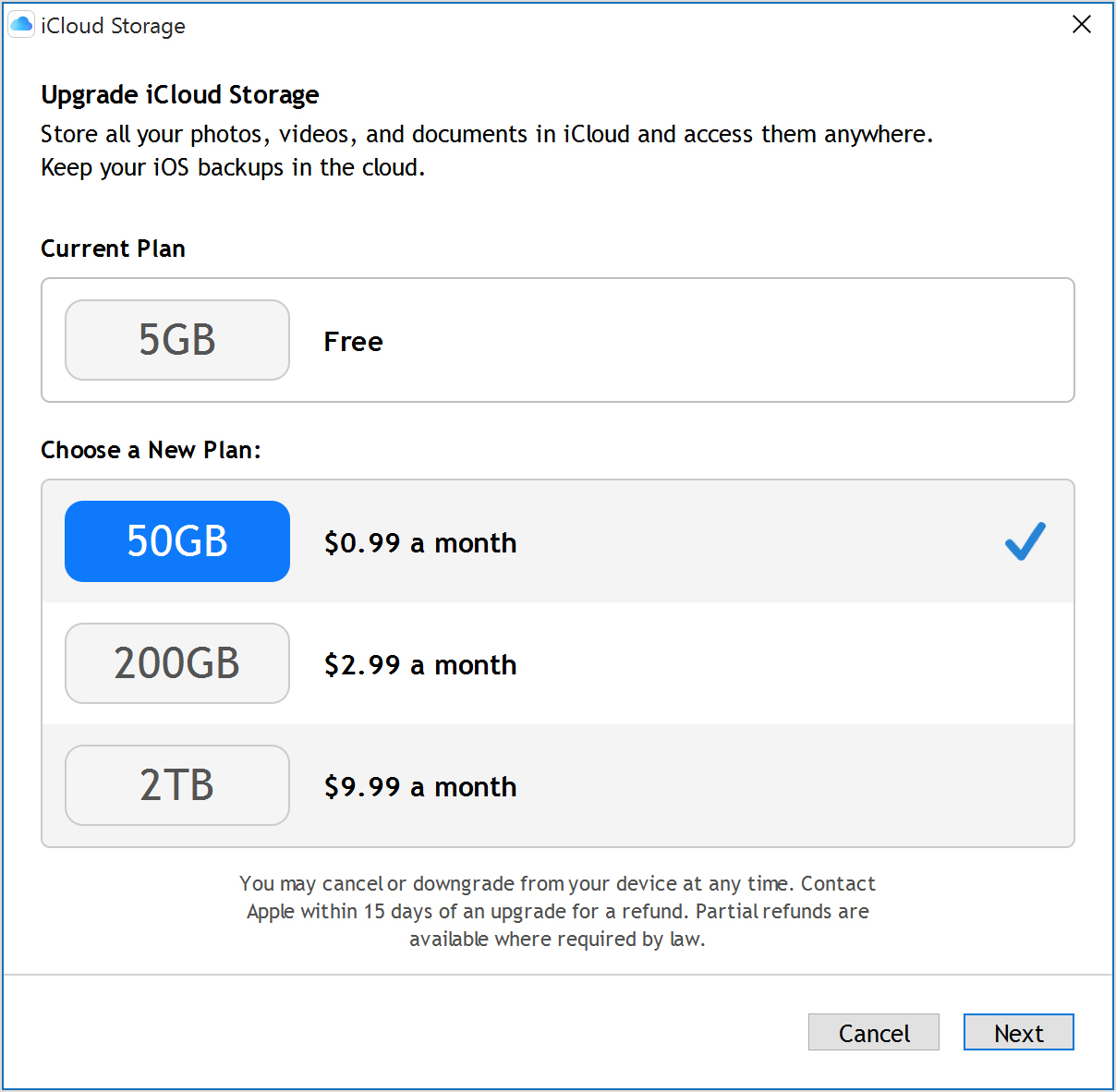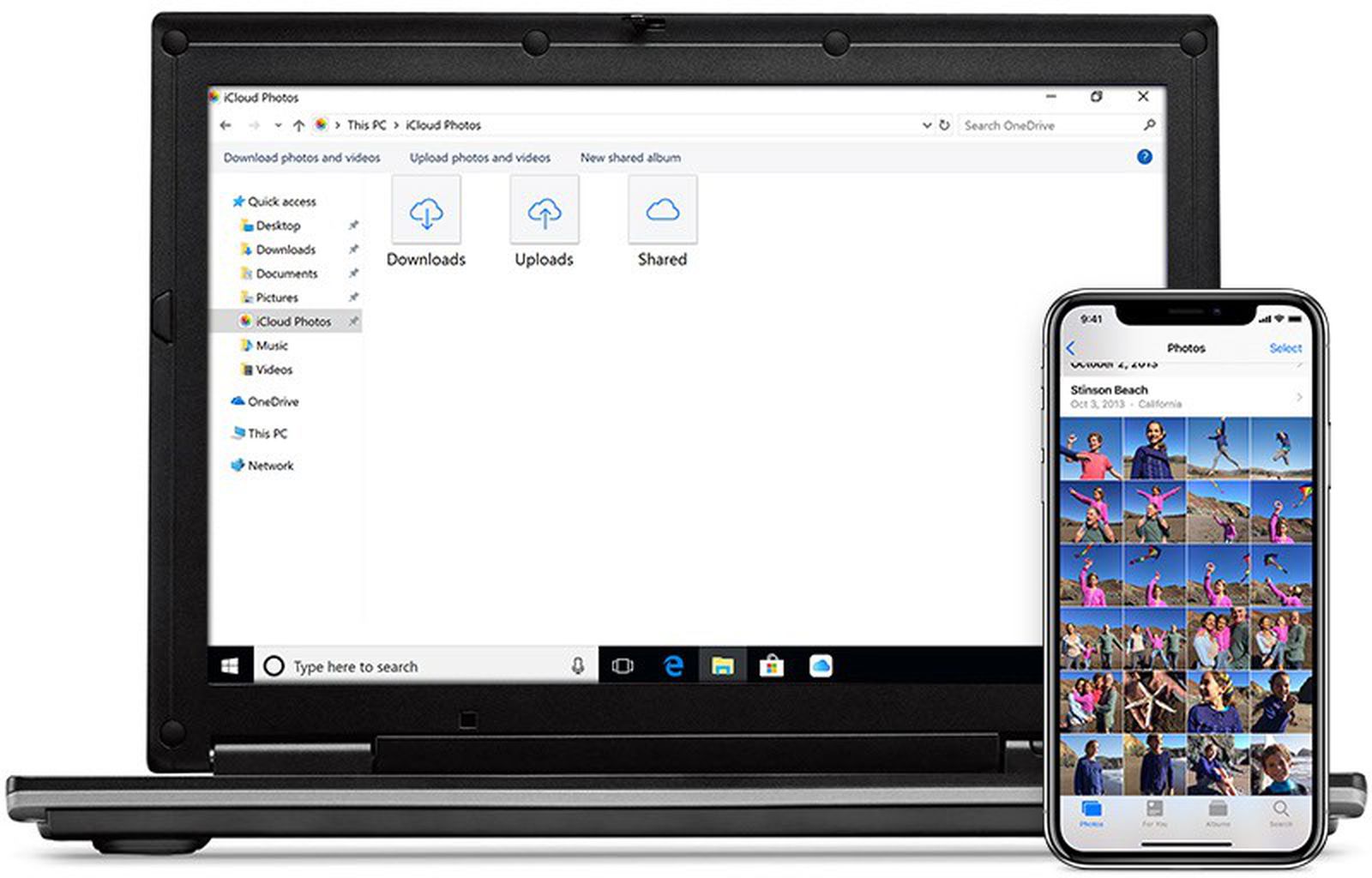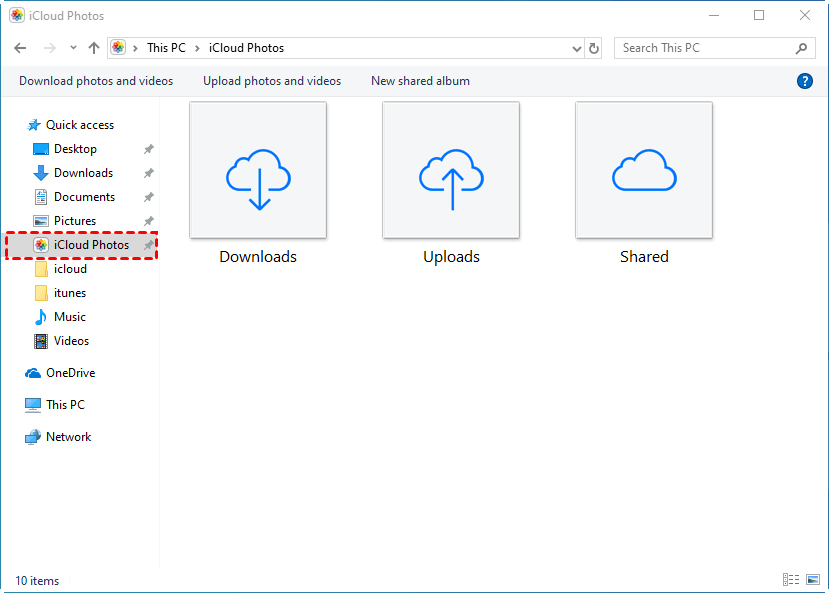
It’s also worth noting that when you select any of the services from the iCloud folder from the Start menu, they will also open up in.

If you want to adjust your iCloud sync settings, you can launch the iCloud system tray icon. When you save or copy files to your iCloud Drive, they are synced automatically. Because there are no native Windows versions of these applications, you can only create them online through. There you will find your Pages, Keynote, and Numbers files. If you want to access and manage your synced iCloud data, you can do so from your user folder. So it’s a possibility the version you download from Apple’s page is not the latest click Continue if prompted. I notice during this portion of setup I was asked if I would like to upgrade iCloud. You will be prompted if you would like to merge bookmarks (IE Favorites) with existing bookmarks on iCloud. Since I am a loyal IE user, I will stick with that, click Apply to confirm changes.

The Bookmarks option now offers support for Chrome and Firefox (I don’t see Microsoft Edge support coming anything soon). Click Repair Later if you get the following dialog. If you depend on Outlook integration, it’s not available right now. This is understandable since Office 2016 just came to market.

One of the first things I discovered is the lack of support for Outlook 2016. The following screen will display a list of things you can sync with iCloud.

You can find it under Start > All Apps > iCloud > iCloud. The install experience is quick and basic, and you’ll be prompted to restart your computer to complete the installation.


 0 kommentar(er)
0 kommentar(er)
